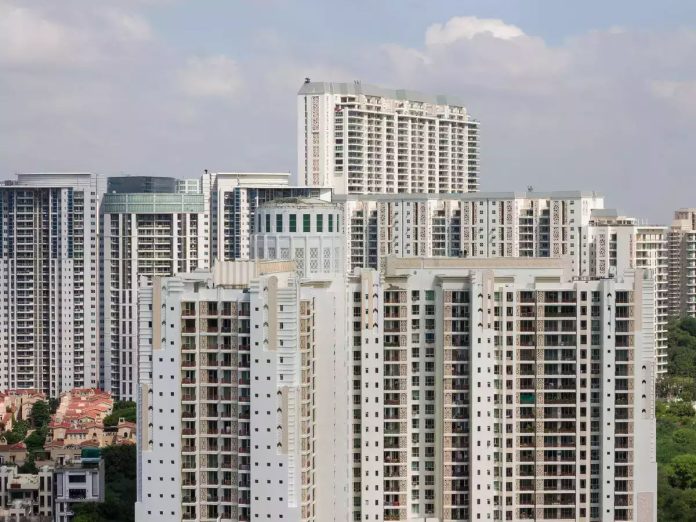City retailers are popping the champagne corks as workers return to the office, international tourists and students fly in and shoppers come back for a weekend visit. The former ghost towns are now seeing vacancy rates drop to near pre-pandemic levels. Melbourne is leading that charge with the lowest level in the country of 6.
9 per cent, down from 7.4 per cent in the December 2023 half. Sydney’s level is at about 7.

4 per cent, compared with 8.1 per cent over that same period. Scentre and Cbus Property are transforming David Jones’ old menswear store into luxe retail and apartments.
The two largest landlords in the country, Scentre and Vicinity, confirmed demand for retail was rising, saying their CBD tenants were riding higher than any time in the past four years. There has been a plethora of leases signed across all capital cities, from the traditional sectors of footwear and apparel to food, pubs and luxury brands. The Lego store in Sydney’s Pitt Street Mall and Fortress in the Melbourne Emporium have also been drawcards for city shoppers.
Brisbane and Perth have also expanded their luxury retail footprint. Brisbane’s large prime retail core now dedicates 9.8 per cent of its shops to luxury brands, with QueensPlaza’s influence extending to Edward Street.
Perth’s luxury sector has grown to 5.3 per cent, bolstered by the high-quality addition of Raine Square in the CBD. Loading The latest CBRE Australian CBD retail vacancy report for the six months to the end of June reveals that Australia’s vacancy fell 39 basis points to 12.
1 per cent. CBRE head of retail research Kate Bailey said overall, vacancy had tightened nationally. “The return to office, coupled with increased tourism and international student inflows, has led to increased foot traffic in CBDs, supporting occupier appetite for floor space within these cities,” Bailey said.
.


















